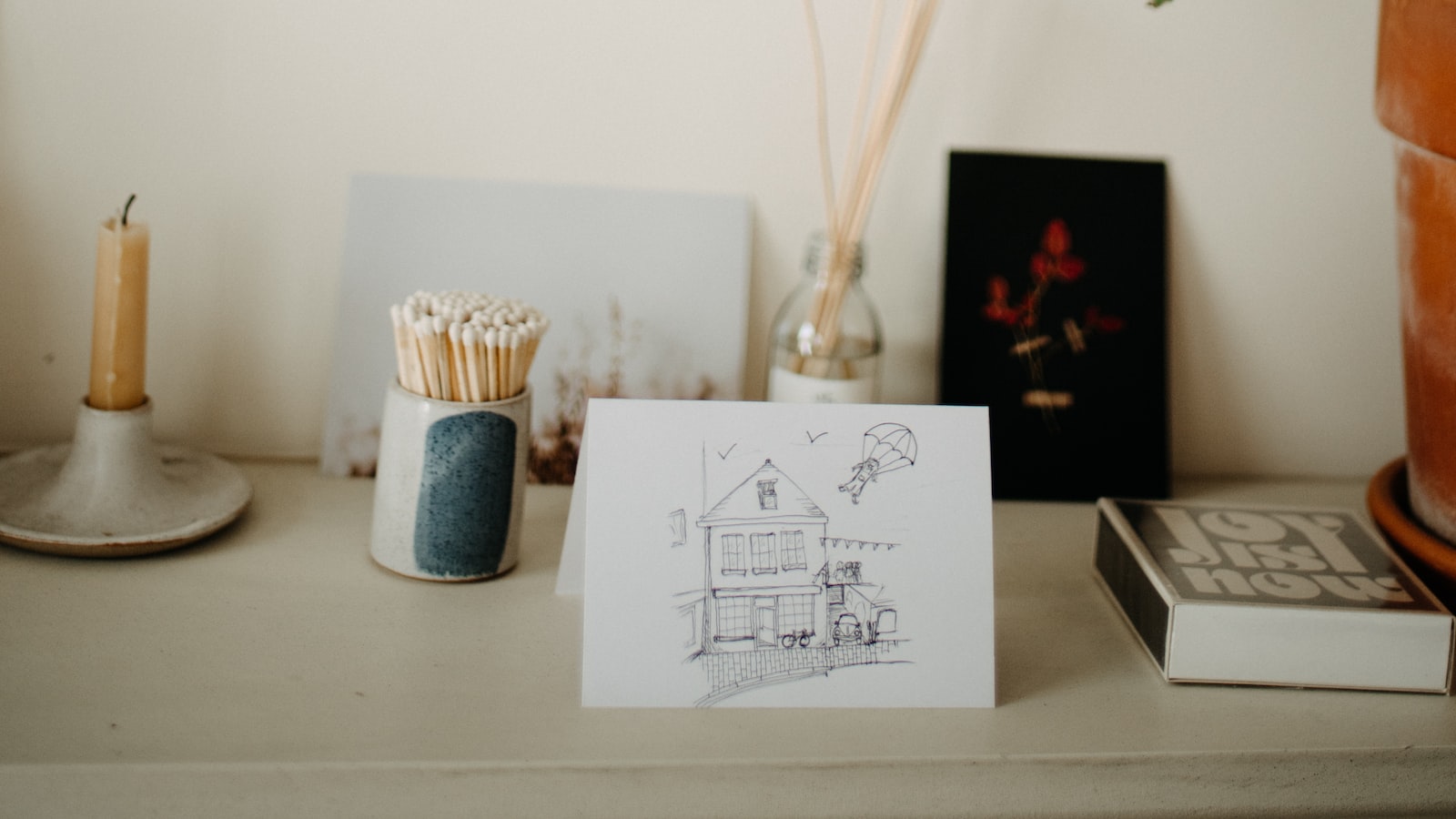Growing Peppers Indoors – Guidelines & Tips
Growing peppers indoors can be an enjoyable and rewarding experience for those with limited outdoor space or those who want to take control over the growing process. Peppers are one of the most sought-after vegetables and adding them to your diet can be a great way to benefit from their plethora of health benefits. Here we give you the tips and guidelines for growing peppers indoors.
Choosing the Right Peppers
The first step in growing peppers indoors is narrowing down the best variety to suit your tastes and needs. Different varieties of peppers range from mild to spicy and come in a wide range of shapes and colors. Choose the ones you like best, for example, sweet bell peppers, jalapenos, habaneros, or any other type of hot pepper.
Soil and Containers
For indoor peppers it is important to use a potting mix that is light and draining. Make sure to avoid soil that is too heavy, as this may hinder growth. The size of the container is also important and should be big enough to accommodate the plant once it is fully grown. Make sure to use a container with drainage holes to ensure proper water drainage.
Light and Temperature
Peppers need plenty of light, particularly direct sunlight to grow properly. Place the container in an area that gets at least 6-8 hours of direct sunlight a day. Temperatures for growing peppers indoors should also be monitored, as too high or too low of temperatures can lead to stunted growth or poor yields. Ideal temperatures for peppers are between 65 and 80°F (18-27°C).
Watering and Fertilization
To properly grow peppers indoors, the soil should also be regularly watered. Water thoroughly but try to avoid over-watering as it can lead to root rot. It is also advisable to add a slow-release fertilizer to the soil to provide the nutrients needed for healthy growth. Once the plants begin to flower, a liquid fertilizer can be used to provide an extra boost.
Pests and Disease Prevention
Pests and diseases are common problems when growing peppers indoors. To prevent them, it is important to keep the area clean and free of debris and weeds. It is also necessary to inspect the plants regularly for signs of disease or infestation. Companion planting with onions, chives and garlic can also help deter pests.
If you follow these guidelines and tips for growing peppers indoors, you can enjoy the benefits of eating fresh, healthy peppers all year round. Have fun gardening!



